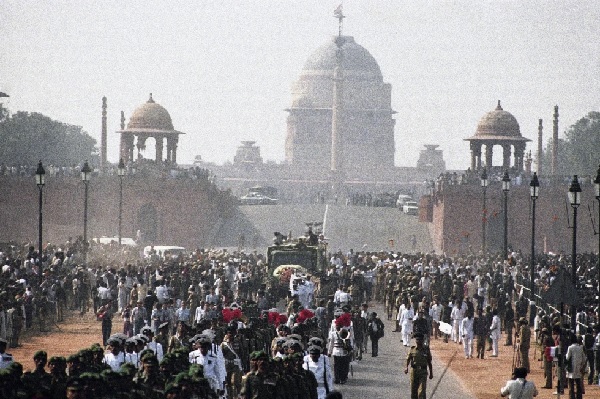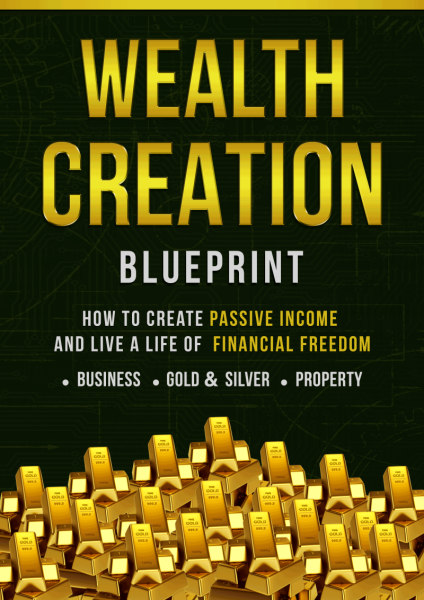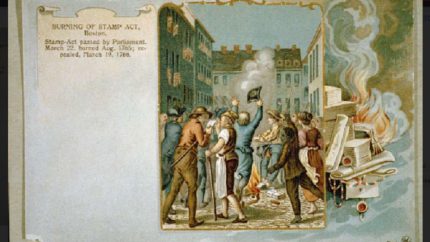1984: Assassination of Indira Gandhi
On October 31, 1984, Indira Gandhi, a prominent figure in modern Indian history, was tragically assassinated by two of her own security guards. As India’s Prime Minister for over 15 years, Gandhi’s leadership left an indelible mark on the nation, guiding it through challenging times of economic and social transformation. Her assassination shocked the world and triggered widespread unrest, marking a pivotal moment in India’s political landscape. The event highlighted the intense and often volatile intersections of religion, politics, and leadership in post-colonial India, reshaping its democratic institutions.
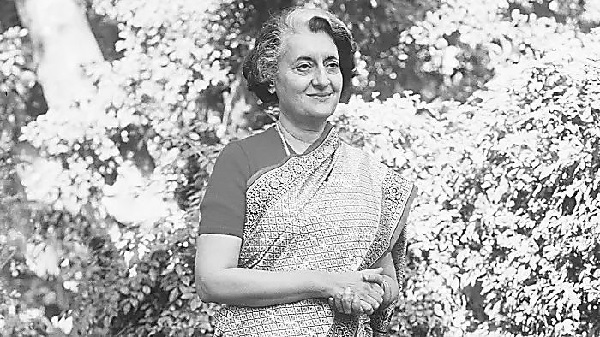
Other Events That Occurred On This Day
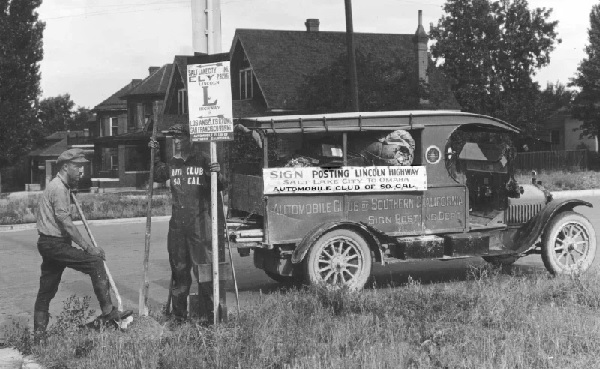
1913: Lincoln Highway Dedicated
On October 31, 1913, the Lincoln Highway was officially dedicated as the first transcontinental automobile highway in the United States, stretching from Times Square in New York City to Lincoln Park in San Francisco. Spanning over 3,000 miles, the highway was a monumental step in connecting the country, transforming travel, commerce, and American life. Its construction marked the dawn of the automobile age in America, providing a cohesive roadway system that enabled Americans to cross the country in their cars for the first time. This project paved the way for future infrastructure advancements and fostered a sense of national unity and mobility that has defined modern America.
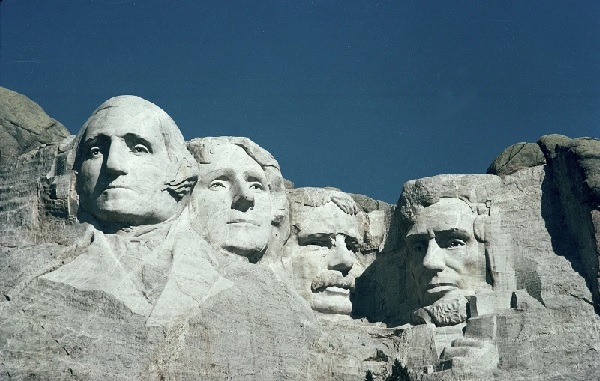
1941: Completion of Mount Rushmore
Work on the Mount Rushmore National Memorial in South Dakota was completed on October 31, 1941, after 14 years of intricate carving that began in 1927. The monument, featuring the faces of Presidents George Washington, Thomas Jefferson, Theodore Roosevelt, and Abraham Lincoln, symbolizes the spirit and ideals of the United States. Representing key chapters in American history, each figure commemorated on Mount Rushmore signifies the founding, growth, development, and preservation of the nation. The completion of Mount Rushmore not only became a testament to American artistry and ambition but also stands as a powerful reminder of the enduring values these leaders championed.
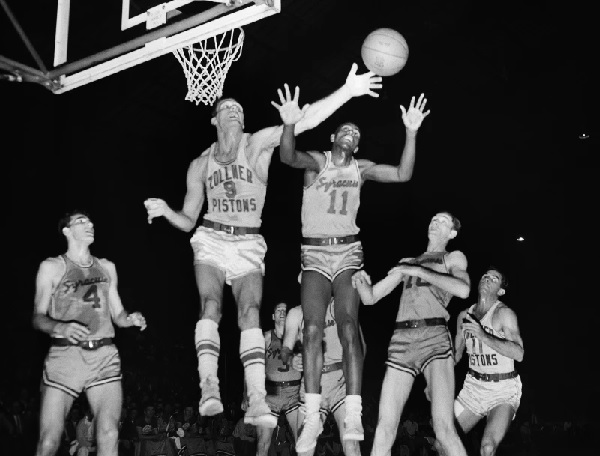
1950: Earl Lloyd Makes NBA History
On October 31, 1950, Earl Lloyd of the Washington Capitols made history by becoming the first Black American to play in an NBA game. Breaking through racial barriers in professional basketball, Lloyd paved the way for future generations of Black athletes in the league. Over his nine-season career, he went on to win an NBA championship in 1955 with the Syracuse Nationals. Lloyd’s courage and resilience helped transform the NBA, making it more inclusive and setting a precedent that would inspire countless players who followed in his footsteps. His contributions to basketball went beyond his own achievements, changing the league and reflecting the broader civil rights struggles of the time.
